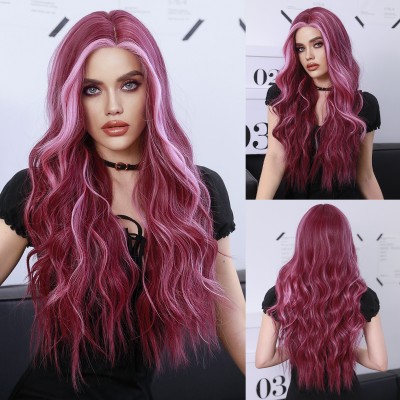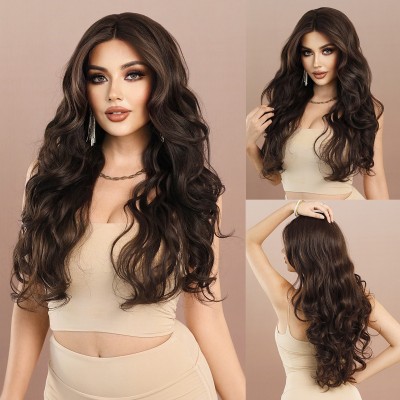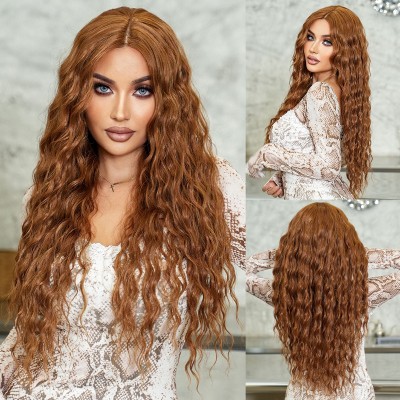
CHECK HERE TO VIEW OUR WIG PRODUCTS
JOINT OUR AFFILICATE PROGROM TO EARN UP TO 50% COMMISSION
In the rich tapestry of cultural practices, hair and wigs often carry significant gender-specific meanings. These meanings can vary greatly from one culture to another, and they can play a pivotal role in the expression of gender identity. For transgender individuals, the use of wigs can be a powerful tool for gender affirmation, yet it also comes with societal perceptions and challenges that must be navigated.
The Gender-Specific Meanings of Hair and Wigs
In many cultures, hair is not just a physical attribute but a symbol of social and gender norms. For example, in some traditional societies, long hair on men may signify strength and virility, while short hair on women could be associated with modesty or a challenge to traditional femininity. Wigs, as extensions of these cultural norms, can reinforce or subvert gender expectations depending on how they are used.
Wigs as Tools for Gender Affirmation
For transgender individuals, wigs can be essential in expressing their gender identity. They can help to create a physical appearance that aligns with an individual's gender expression, providing a sense of congruence between their internal sense of self and their outward appearance. This affirmation can be crucial for transgender people's mental health and social integration.
Social Acceptance and Challenges
The social acceptance of transgender individuals using wigs to express their gender identity varies widely across cultures and societies. In some progressive and diverse communities, there is a growing understanding and acceptance of transgender people's right to express their gender as they see fit. However, in more conservative or traditional settings, the use of wigs by transgender individuals may be met with resistance, discrimination, or even violence.
The challenges faced by transgender individuals who use wigs are not limited to social acceptance. They may also encounter practical difficulties, such as finding wigs that suit their specific hair texture and skin tone, or affording high-quality wigs that can withstand daily wear. Additionally, the act of wearing a wig can attract unwanted attention or scrutiny, which can be particularly distressing for those who are already navigating the complexities of gender transition.
Conclusion: Embracing Diversity and Supporting Gender Expression
As society continues to evolve and become more inclusive, it is essential to recognize and respect the gender-specific meanings of hair and wigs across different cultures. For transgender individuals, wigs are not just a fashion choice but a means of self-expression and affirmation. It is crucial that we support the right of transgender people to use wigs and other gender-affirming tools without fear of judgment or discrimination. By fostering a culture of understanding and acceptance, we can help create a safer and more equitable environment for all individuals to express their gender identity.
-230x59.png)




